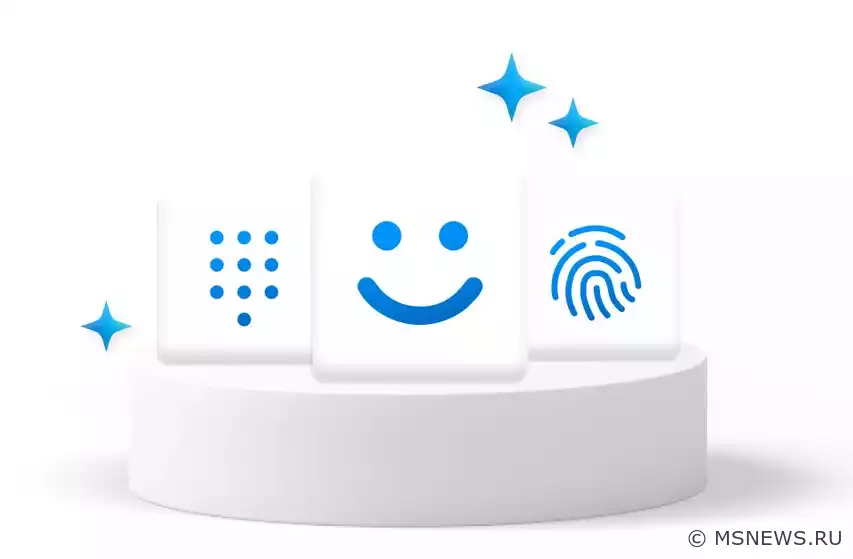The Windows Hello facial recognition feature now does not work in low-light conditions

Windows 11
In April's cumulative updates for Windows 11, Microsoft made changes to Windows Hello facial recognition functionality. These modifications aim to address a vulnerability that could potentially allow attackers to access a victim's computer using spoofed biometric data, though the likelihood of this exploit being used is considered low.
The updated Windows Hello now requires data from a color camera for authentication. Previously, facial recognition authorization could work using only infrared sensor data. Due to these security enhancements, Windows Hello may no longer function in darkness or low-light conditions. Users of some devices like Surface Laptops have already encountered this issue.
As a potential workaround, Microsoft suggests disabling the webcam in Device Manager. This would force Windows Hello to rely solely on infrared sensor data, restoring functionality in dark environments. However, since this would disable the webcam system-wide, other Windows applications would also lose camera access - making this a questionable solution.
Microsoft has stated it doesn't plan to "fix" Windows Hello's dark functionality as it doesn't consider this behavior to be a bug.
SourceАнонс Windows 11 Insider Preview
Microsoft выпустила новую предварительную сборку Windows 11 под номером 26080 для участников программы Windows Insider,Анонс Windows 11 Insider Preview
Microsoft выпустила новые предварительные сборки Windows 11 (версия 22H2) под номерами 22621.2050 и 22631.2050Анонс Windows 11 Insider Preview
Microsoft выпустила новую предварительную сборку Windows 11 под номером 23506 для участников программы Windows Insider,Анонс Windows 11 Insider Preview
Microsoft выпустила новую предварительную сборку Windows 11 (версия 24H2) под номером 26100.4188 (KB5058499) дляNo comments.
Information
Users of Guests are not allowed to comment this publication.

Microsoft Windows 11, 10, 8.1, 7, XP, Server -
10-10-2024, 09:31
PC motherboard schematics
3-05-2024, 12:29
Laptop Motherboard Schematics
3-05-2024, 12:29
Updates for Windows 10 will remain free until
25-06-2025, 10:22
Now MSNEWS.RU application is available in Google
13-03-2025, 17:34Did you find a mistake?
You can report it to the administration.
Press CTRL+Enter while highlighting text




